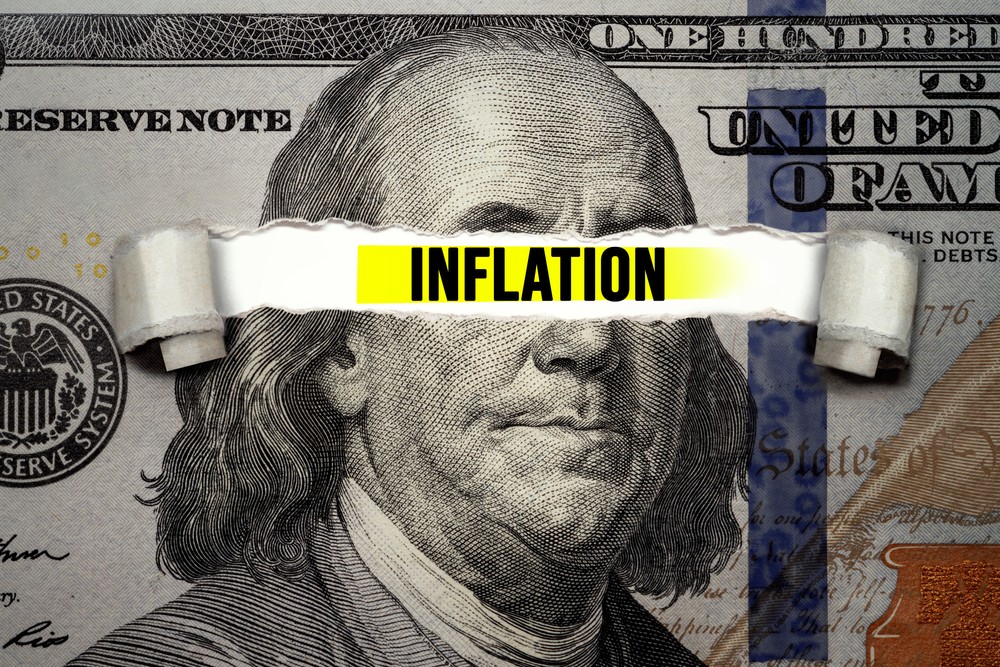Prices Are Sky-High and Not Coming Down Anytime Soon

It didn’t take the astronomical figure reported in the March 2022 Manufacturing ISM Report On Business to alert manufacturers to historically high material prices. From chemicals to lumber, prices are hitting new highs across all 18 major manufacturing sectors, and producers are approaching a breaking point.
Why have prices suddenly spiked again after dropping back toward the norm earlier in the year? When will they come back down? As manufacturers look for ways to pivot in the face of major price inconsistency, many are running out of options short of passing costs along to their customers.
The problem with prices
According to the Manufacturing ISM, supply costs have increased for the last 19 months. Worse, they’ve been unsustainably high for 15 of the last 16 months. And while manufacturers received a glimmer of hope in December 2021 when the index fell to 68.2, prices nevertheless continued to climb in 2022, reaching back into the 70s every month of the year so far.
Most recently, March’s Manufacturing ISM Report measured the Prices Index at a whopping 87.1; in times of healthy appreciation, the ISM Prices Index should register around 52.6.

Why do prices continue to skyrocket?
During the height of the COVID-19 pandemic, supply costs skyrocketed for several reasons. The most significant contributing factors included employee illness and shortages, factory closures, and consistently high demand in the face of stunted production capability. Many of the same problems persist today, compounded by new issues, like the Russia-Ukraine War, which has disrupted global imports and exports and driven supply costs up around the globe.
Bottlenecks persist at virtually every link in the global supply chain. This, coupled with growing material scarcity, adds up to hugely inflated landed costs for raw materials. While history will view 2020 to 2021 as the peak of a black swan event, 2022 is showing how strong the ripples of disruption can be.
Inflationary forces hard at work
While manufacturers are often able to maintain margins in the face of price uncertainty, years of increasing prices leave them with fewer choices. The result is rapid inflation in developed countries around the world.
Inflation is rising at a rate not seen in decades, mimicking the pre-recessionary signals observed in the U.S. and the U.K. in the 1980s. Then, as now, persistent price inflation of raw materials raised economic red flags and put manufacturers in a bind. Should they continue to pass on costs and drive inflation, or absorb prices and risk overburdening their business while waiting for government intervention.
What goes up must come down
If there’s any good news to be found in the current state of raw material prices, it’s that we are approaching critical mass. Prices are reaching their ceiling — the point when it becomes virtually impossible for all but the largest bulk buyers to acquire raw materials. The federal government is almost certain to intervene before then. And while it’s often best to let free markets create competition, in this case, it’s necessary to balance a scale already broken by mounting global disruption and disproportionate supply and demand.